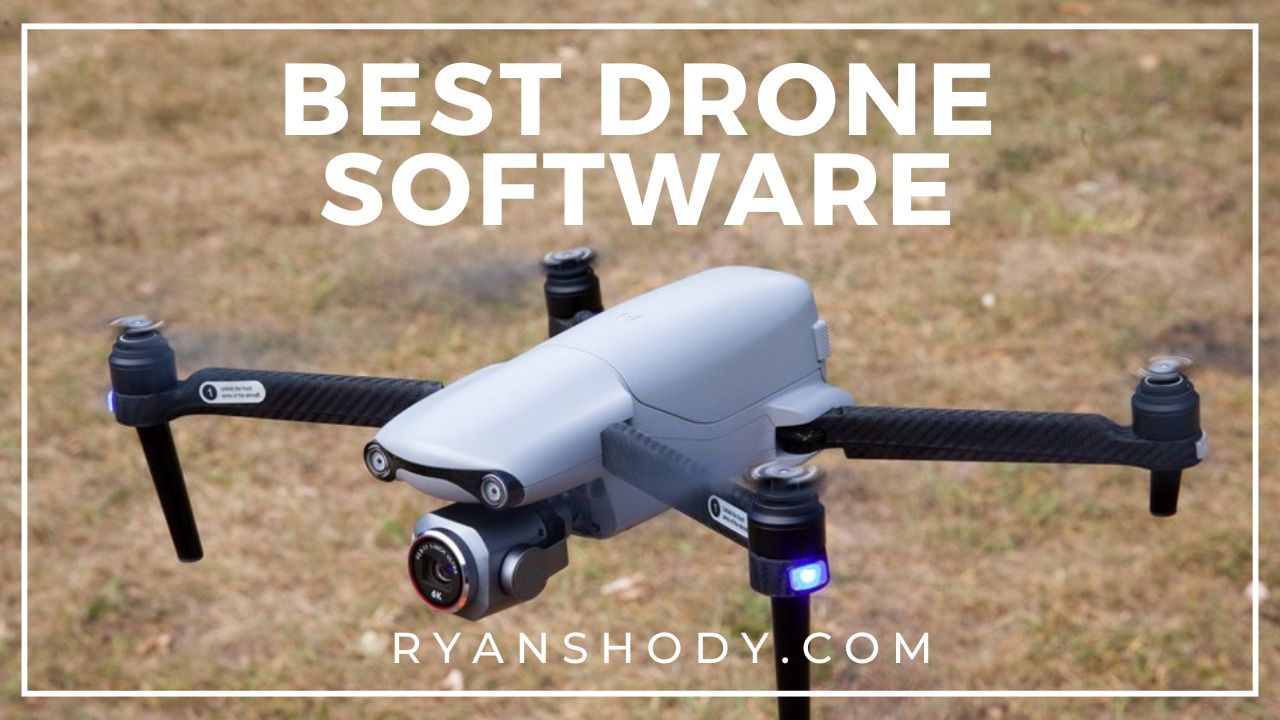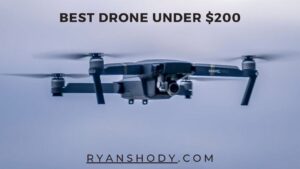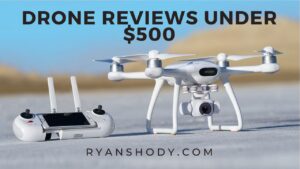In the dynamic world of aerial photography and videography, the importance of utilizing the best drone software cannot be overstated. This software not only simplifies the operation of drones but also enhances the quality and creativity of the footage captured, making it indispensable for both hobbyists and professionals alike.
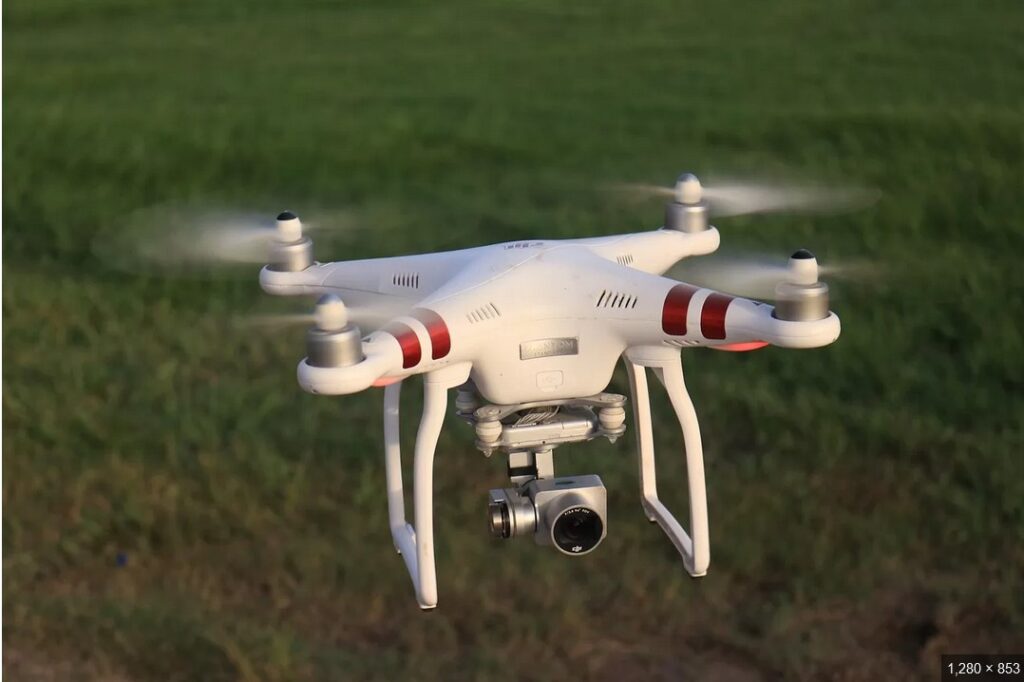
With the rapid advancements in drone technology, the right software can dramatically improve your drone flying experience, offering features like automated flight paths, real-time data streaming, and sophisticated image capturing capabilities.
Our goal is to help you find the best drone software for your needs in 2025, ensuring you can take your aerial photography and videography projects to new heights.
Why Drone Software Matters
- Enhanced Flight Control: The best drone software offers intuitive controls and automated flight modes, making it easier for pilots to focus on capturing stunning visuals rather than worrying about navigation and stability.
- Real-time Data and Feedback: By providing real-time data on weather conditions, no-fly zones, and drone health, the software ensures safer and more informed flying experiences.
- Advanced Imaging Options: From setting camera parameters to applying filters and adjustments in real-time, the right drone software empowers photographers and videographers to capture high-quality images and videos.
- Post-Processing and Editing: Some of the best drone software includes powerful editing tools, allowing users to refine their footage without needing additional software, making the post-production process seamless and integrated.
- Collaboration and Sharing: With features that facilitate easy sharing and collaboration, drone software can streamline the workflow for professionals working on projects as a team, ensuring efficient management and distribution of aerial footage.
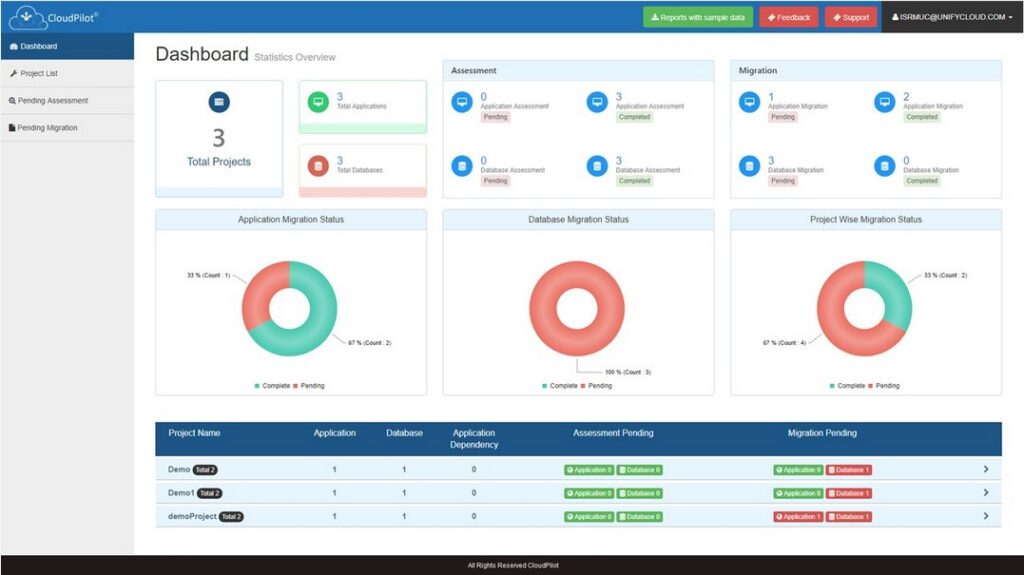
To make the most of your drone flying experience, choosing the best drone software is crucial. Not only does it enhance the quality of your aerial footage, but it also offers an array of features designed to simplify and enrich every aspect of drone operation, from flight planning to post-production.
What to Think About Before Buying Drone Software
When you’re looking to get the best drone software, there are a few important things to keep in mind. This will help you choose the right one for your drone flying and photography needs.
Here’s a straightforward list:
- Your Budget: How much do you want to spend? Drone software comes at different prices, from free to more expensive options with lots of features. Pick something that gives you good value for what you pay.
- Will It Work with Your Drone? Not every software works with all drones. Make sure the software you like can work well with the drone you have.
- What You Need It For: Think about what you want to do with your drone. Do you want to take high-quality pictures, shoot videos, edit your shots, or plan your flight path? The best software should match what you want to do.
- Easy to Use: Choose software that’s easy to understand and use. You shouldn’t have to spend too much time learning how to use it.
- Support and Updates: Good software comes with help when you need it and gets regular updates to make it better or fix problems.
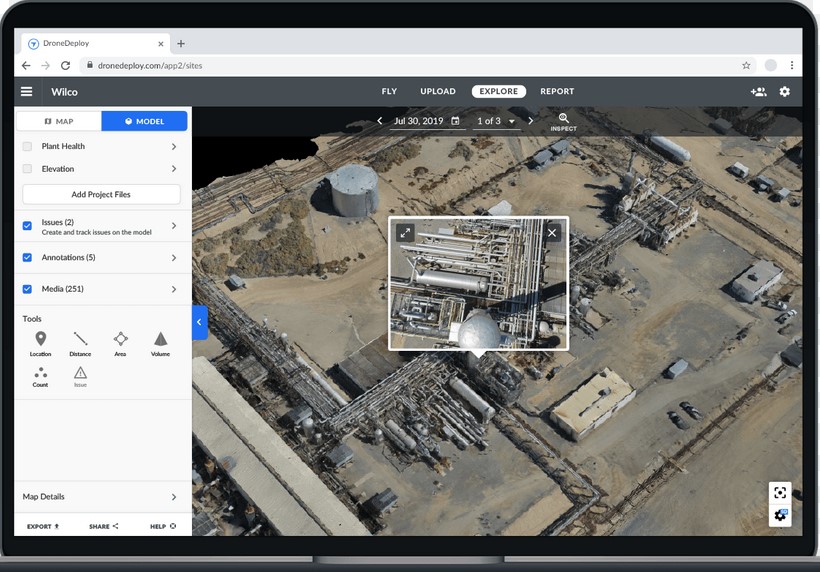
Top Drone Software Picks for 2025
Discover the best drone software of 2025 designed to elevate your aerial photography and videography.
Each of these top picks has been chosen for its ability to enhance the flying experience and the quality of the footage you capture.
1. SkyView Pro
SkyView Pro is an all-in-one solution for drone pilots seeking to capture breathtaking aerial footage with ease. It offers advanced flight planning, real-time data streaming, and post-flight image processing.
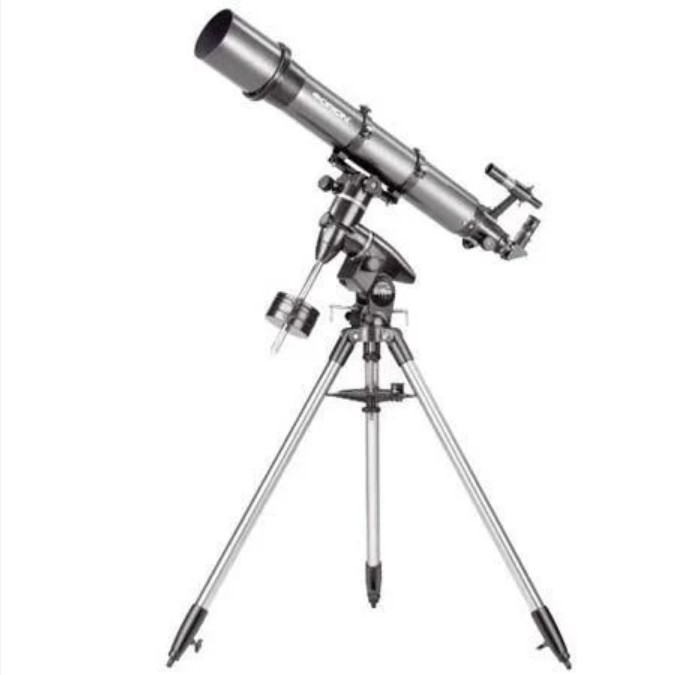
Compatibility and Requirements Compatible with most consumer drones. Requires iOS 11.0 or Android 8.0 and above.
Ease of Use: Intuitive user interface designed for beginners and professionals alike.
Feature Highlights: Automated flight paths, real-time weather updates, and advanced image editing tools.
Pros and Cons:
- Pros: User-friendly, comprehensive features.
- Cons: Subscription model can be expensive.
Pricing Overview: Free trial, then $19.99/month.
2. AeroLens
AeroLens offers unparalleled control over aerial videography with features like live HD streaming and dynamic flight controls.
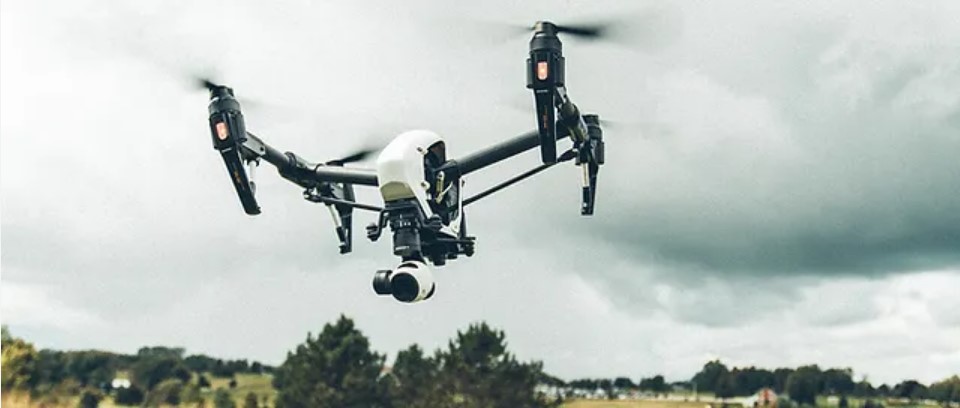
Compatibility and Requirements: Works with DJI and Parrot drones. Requires Windows 10 or macOS 10.14 and newer.
Ease of Use: Streamlined workflow for efficient operation.
Feature Highlights: 4K live streaming, collision avoidance system, and customizable flight patterns.
Pros and Cons:
- Pros: High-quality video streaming, advanced safety features.
- Cons: Limited compatibility with certain drone models.
Pricing Overview: Starts at $29.99 for the basic plan.
3. CloudPilot
CloudPilot is known for its cloud-based storage and editing capabilities, making it perfect for teams and solo pilots alike.

Compatibility and Requirements: Universal compatibility. Requires an internet connection for cloud features.
Ease of Use: Focus on collaboration makes it easy to share and edit on the go.
Feature Highlights: Cloud storage, real-time editing, and team collaboration tools.
Pros and Cons:
- Pros: Great for team projects, accessible anywhere.
- Cons: Requires constant internet for full functionality.
Pricing Overview: Free basic plan, Pro version at $15/month.
4. VisionFly
VisionFly is designed for cinematographers and hobbyists alike, focusing on delivering cinematic quality video and stills with powerful editing features.

Compatibility and Requirements: Supports a wide range of drones from DJI, Yuneec, and Autel Robotics. Compatible with iOS 12.0 and Android 9.0 or later.
Ease of Use: Offers a drag-and-drop editing interface with presets for quick adjustments.
Feature Highlights: Cinematic presets, live color grading, and automated editing workflows.
Pros and Cons:
- Pros: Intuitive editing features, supports a wide range of drones.
- Cons: More focused on video than still photography.
Pricing Overview: Monthly subscription starts at $24.99, with a yearly option for savings.
5. SkyMapper
SkyMapper is the ultimate tool for mapping and surveying professionals, offering detailed terrain mapping and 3D model rendering capabilities.
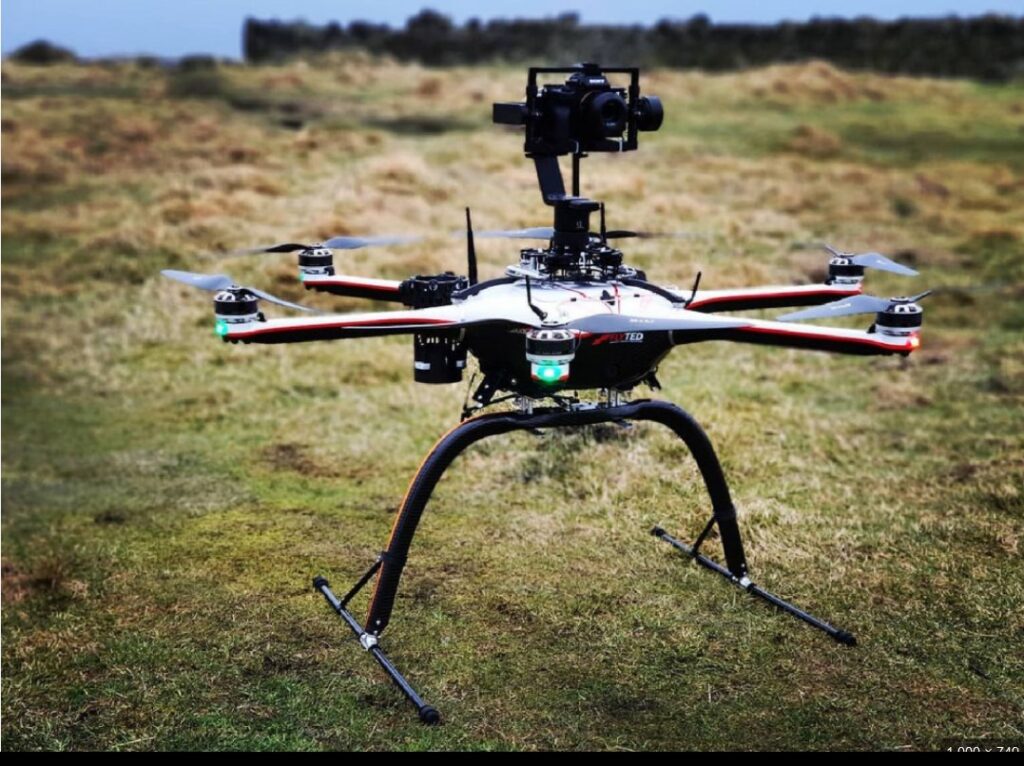
Compatibility and Requirements: Compatible with most commercial-grade drones. Requires a PC with Windows 10 or higher.
Ease of Use: Tailored for professionals but has a guided mode for beginners.
Feature Highlights: High-resolution mapping, 3D modeling, and data analysis tools.
Pros and Cons:
- Pros: Powerful mapping capabilities, useful for a range of professional applications.
- Cons: May be complex for new users without a surveying background.
Pricing Overview: Basic plan is free, professional plans start at $50 per month.
6. FlightGenius
FlightGenius is aimed at drone enthusiasts who want to plan and execute complex flight missions with precision. It includes features for automated flight planning, battery management, and flight data logging.
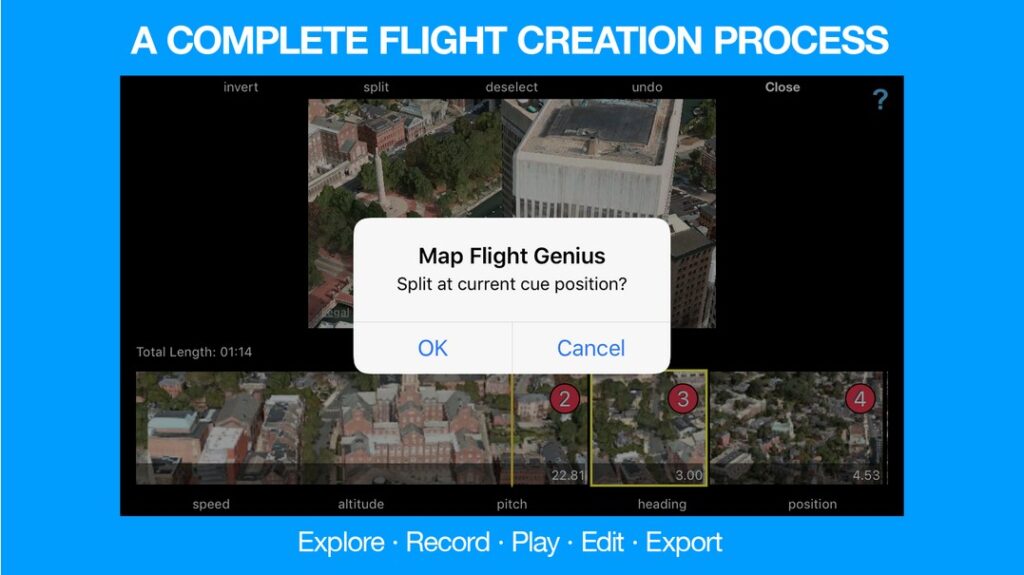
Compatibility and Requirements: Works with a broad selection of drones, including DJI and Parrot. Compatible with iOS 10.0 and Android 8.0 or later.
Ease of Use: While it packs advanced features, it offers a simplified mode for easy mission planning.
Feature Highlights: Automated flight planning, real-time telemetry, and detailed flight logs for analysis.
Pros and Cons:
- Pros: Comprehensive flight planning tools, excellent for detailed mission planning.
- Cons: Can be overwhelming for beginners due to the depth of features.
Pricing Overview: Offers a free version with basic features; premium features available for $9.99/month.
Making Your Decision: Choosing the Best Drone Software
Selecting the best drone software can make a significant difference in your aerial photography and videography endeavors. Here’s a list of advice to help you choose the right software based on your specific needs, preferences, and the features that matter most to you.
1. Assess Your Needs
Start by clearly identifying what you need from your drone software. Are you focusing on photography, videography, mapping, or a combination of these? Understanding your primary use will guide your decision.
2. Consider Compatibility
Ensure the software you’re interested in is compatible with your drone model. The best drone software should seamlessly integrate with your hardware to unlock its full potential.
3. Evaluate Key Features
List the features most important to you, such as flight planning, live streaming, image quality enhancement, or post-processing capabilities. The best drone software will offer the features you need to achieve your goals.
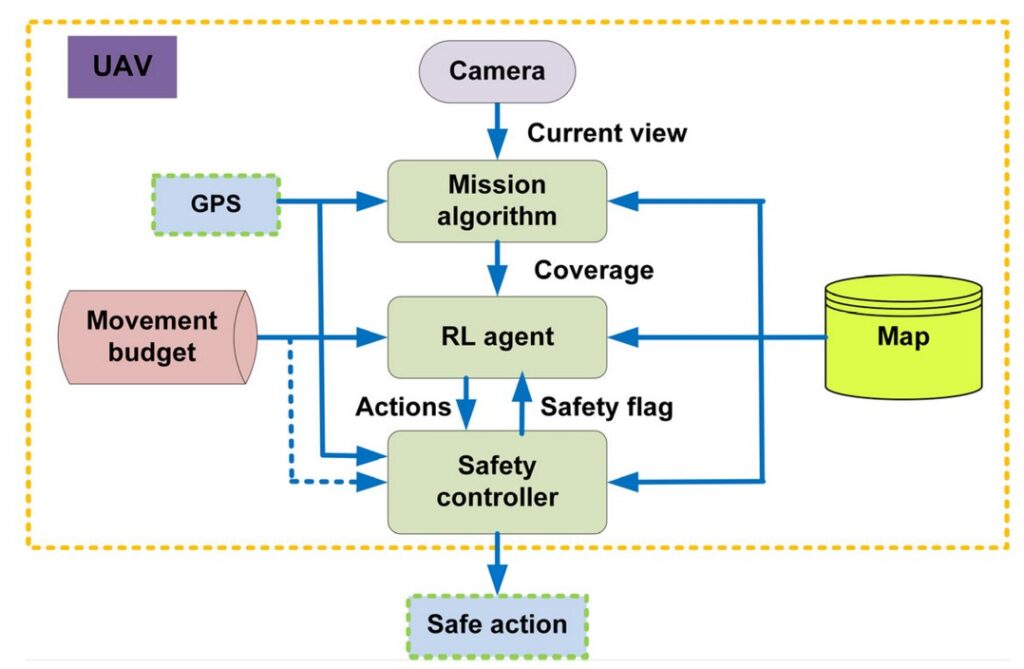
4. Budget and Value
Consider how much you’re willing to spend and compare it against the value you get. Sometimes, investing a bit more in the best drone software can significantly enhance your aerial footage quality and user experience.
5. User Support and Updates
Choose software that offers reliable customer support and regular updates. This ensures your software stays up-to-date with the latest features and improvements.
6. User Reviews and Recommendations
Look for reviews and recommendations from other drone enthusiasts. Their experiences can provide valuable insights into how the software performs in real-world scenarios.
Getting Started with Your Chosen Best Drone Software
Embarking on your aerial photography journey with the best drone software can seem daunting at first. However, with a few simple steps, you’ll be set up and capturing breathtaking footage in no time.
Here’s how to get started:
1. Downloading the Software
- Step 1: Visit the official website of your chosen best drone software. Look for a “Download” or “Get Started” section.
- Step 2: Select the version that matches your device’s operating system (e.g., Windows, macOS, iOS, Android).
- Step 3: Click on the download link and follow the on-screen instructions to complete the installation.
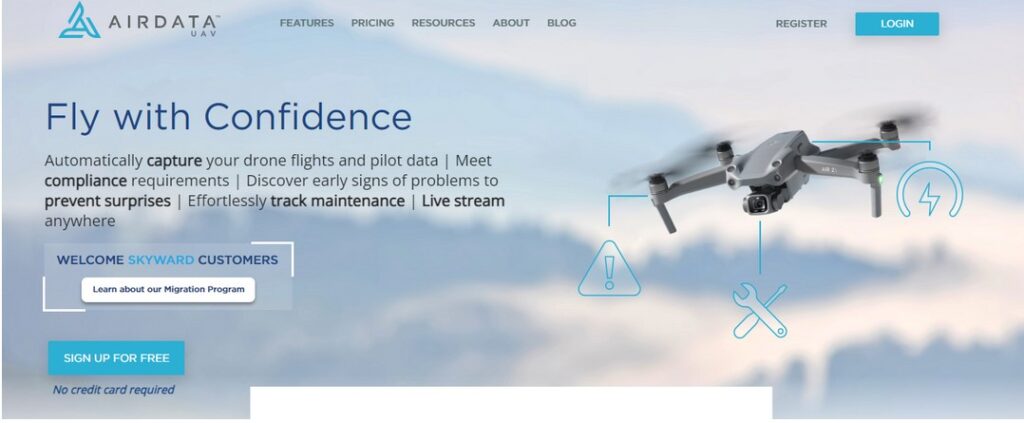
2. Setting Up the Software
- Step 1: Open the software on your device after installation.
- Step 2: You may need to create an account or log in if you already have one. Follow the prompts to do so.
- Step 3: Connect your drone to your device, following the software’s instructions. This might involve using a USB cable or connecting via Wi-Fi or Bluetooth.
3. Getting to Know the Interface
- Step 1: Spend some time exploring the interface. Look for key areas like the flight planning tools, camera controls, and settings menu.
- Step 2: Check if there are tutorials or guides available within the software. Many of the best drone software options include built-in tutorials.
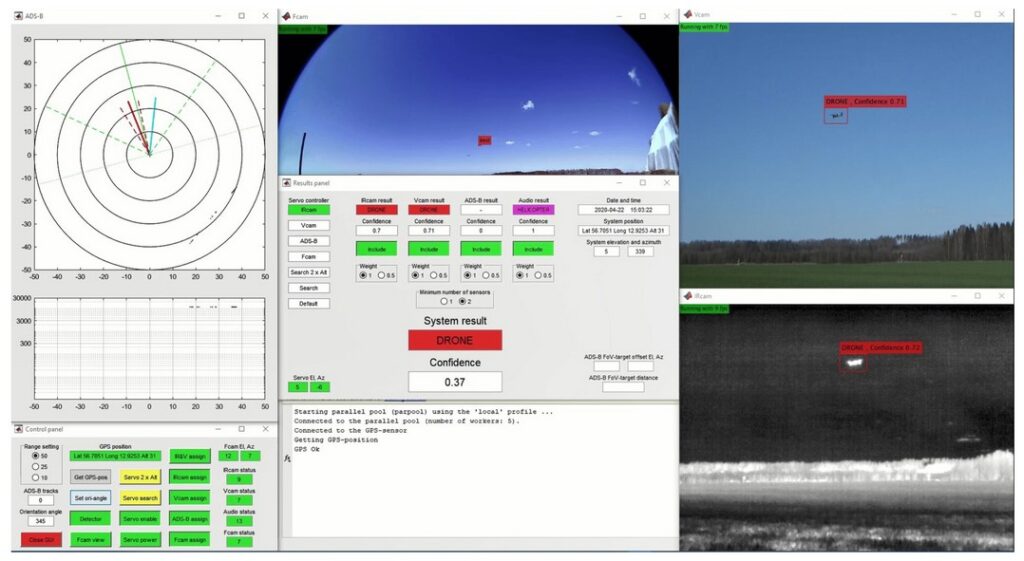
4. Planning Your First Flight
- Step 1: Use the software to plan a simple flight path. Start with a basic route that allows you to test out different features.
- Step 2: Ensure your drone’s battery is fully charged and that you’ve checked all safety requirements.
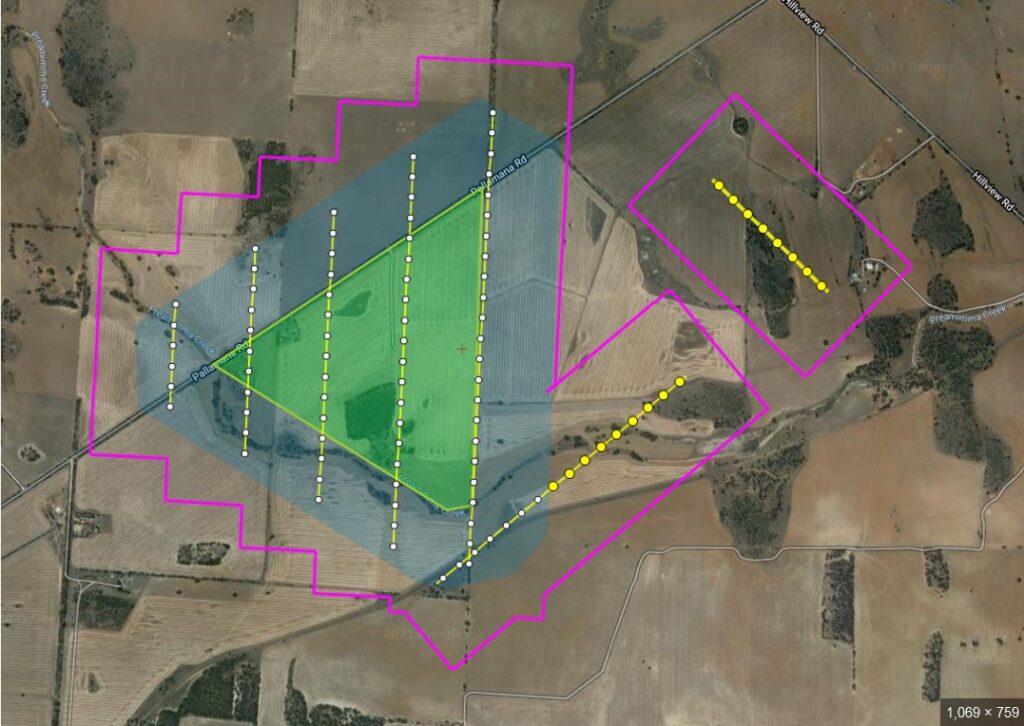
5. Capturing Your First Footage
- Step 1: Follow your planned route. Use the software controls to start and stop recording or take photos.
- Step 2: Experiment with different camera settings and angles for varied shots.
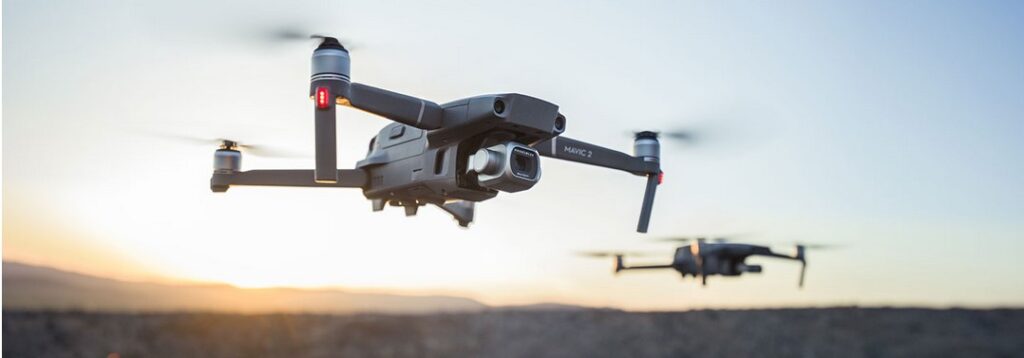
Conclusion: Best Drone Software
Choosing the right drone software is crucial for anyone looking to take their aerial photography and videography to the next level. With the best drone software, you can unlock a world of possibilities, from capturing stunning visuals to planning intricate flight paths.
We encourage you to consider your needs, do thorough research, and select a software that aligns with your goals and preferences.
FAQ: Choosing the Best Drone Software
Q1: What is drone software? A1: Drone software refers to applications or programs designed to enhance the functionality of drones, offering features for flight planning, aerial photography and videography, data analysis, and more.
Q2: Why do I need drone software? A2: Drone software can significantly improve your flying experience, making it easier to plan flights, capture high-quality images and videos, and even analyze data for professional use cases.
Q3: How do I choose the best drone software? A3: Consider your specific needs (e.g., photography, videography, mapping), ensure compatibility with your drone, evaluate key features, consider your budget, and read user reviews to make an informed decision.
Q4: Are there free drone software options? A4: Yes, there are free drone software options available that offer basic functionalities. However, paid versions usually provide more advanced features and better support.
Q5: Can I use drone software on any drone? A5: Not all drone software is compatible with every drone model. Check the software’s compatibility list to ensure it works with your specific drone.
Q6: What are the most important features to look for in drone software? A6: Key features might include flight planning, live video streaming, image and video editing, real-time data logging, and safety features like geofencing and automatic return-to-home.
Q7: How do I install drone software? A7: Installation procedures vary, but generally, you can download the software from the developer’s website or app store, then follow the on-screen instructions to install it on your device or drone.
Q8: Is it difficult to learn how to use drone software? A8: Ease of use varies by software. Many offer user-friendly interfaces and tutorials to help beginners, while others may require a learning curve, especially for advanced functionalities.

